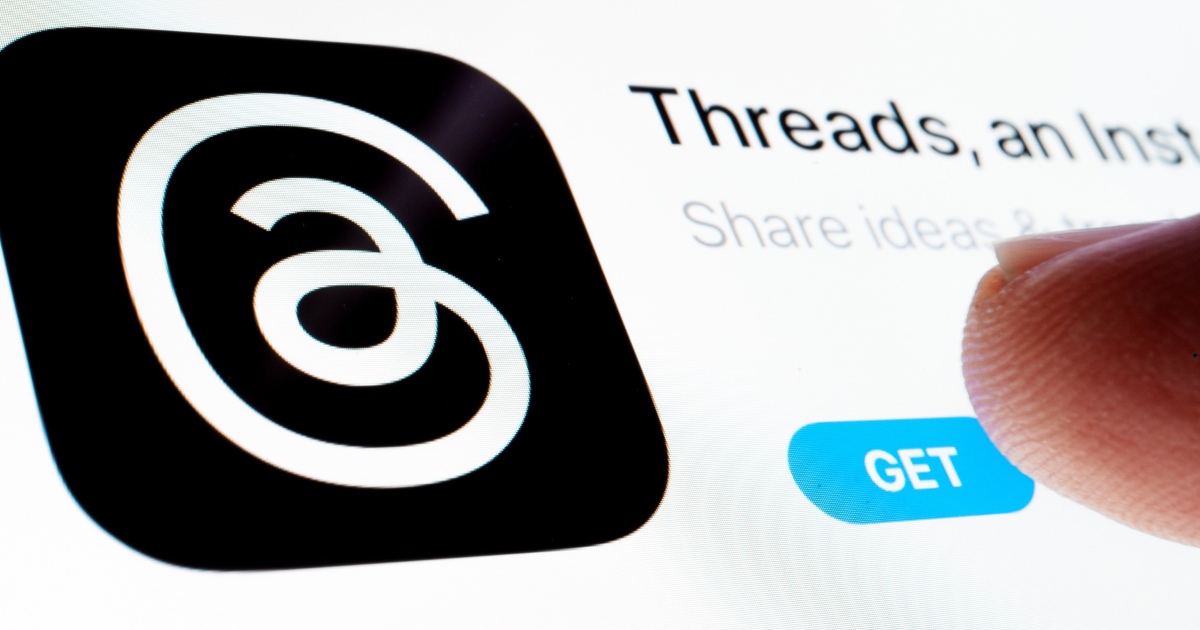REVIEW: Threads is like Twitter—only not
The thing that people tend to forget about Twitter is that it was inspired by some really very old-school tech: walkie-talkies. Such two-way radio technology has been around for over a century, and it’s been said that Twitter co-founder Jack Dorsey loved to listen in on publicly-accessible dispatches as a kid and it’s that experience which he brought into Twitter.
With its short character bursts and free-for-all feel, Twitter perfectly embodied the frontier feel of those early days of social media. But as we’ve seen over the years, across social media platforms, there’s a price to pay for that wantonness: There will always be clamor for order and, ultimately, for policing—and that’s what’s always troubled Twitter since day one.
But far from those early frontier days of social media, we now have online audiences who are very jaded and wary of this by now very well-worn, well-trodden space. As such, there’s a tendency for online users to stick to familiar territory, no matter how anxious they may be about that same territory falling apart at the seams.
Meta knows this all too well, as the beleaguered social media conglomerate has had to fight its own battles and put out numerous fires—both within its main Facebook community as well as across its half a dozen other holdings. It makes sense that Threads was launched quietly and with no fanfare—one wonders just how much nail-biting went on behind the scenes when it went live.
If imitation is the highest form of flattery, then Twitter should be swooning over Threads. One would be hard-pressed to find any particularly marked differences between the two, with buttons and functionalities that are essentially the same on both platforms right down to the character counter. There’s even a pulldown menu that allows you to limit replies to just your network.

One subtle but striking difference is the platform’s 500-character limit per post, which contrasts starkly with Twitter’s original 140-character cap. But while this may seem quite roomy, Threads, unfortunately, counts URLs against this tally. Twitter, in recent years not only stretched its character limit—first to 240 then, when Musk took over, to a whopping 10,000 for Twitter Blue users—but also wisely chose not to have URLs count towards their post limit.
All told, Threads is so very Twitter-like in terms of its interface that one could easily be forgiven for confusing the two if not for the logo and color schemes to tell them apart. But of course, there’s so much more to a social network than just its interface; a social network is nothing without the, well, social connections that hold it together.
Meta was smart to pump-prime Threads by integrating it into Instagram, thereby quickly establishing an extensive network of followers and pocket communities based on already-existing connections. This, more than anything else, is the most obvious reason for Threads' meteoric rise more than any organic mass exodus of users. At least for now, Threads managed to take the lead against rivals Mastodon and Blue Sky despite both the latter’s head start.

From the get-go, Threads was touted by Meta as something that Instagram isn’t: a text-centric platform. It “takes what Instagram does best and expand that to text, creating a positive and creative space to express ideas.” And certainly, the interface reflects this philosophy quite well, with a minimalist and no-nonsense design that mainly allows just posting your thoughts or resharing someone else’s.
That Meta chose to adapt its Instagram userbase and not that of its much larger Facebook community (or any of its other social media holdings, for that matter) was a prudent move inasmuch as the Instagram community is broadly perceived by the general public as, if not less problematic, then at least less unrestful than other online communities. In any case, the choice also speaks to just how cautious Meta is when it comes to growing its user base—its promise of “positive, productive conversations” notwithstanding.
Unintentionally, and perhaps unmindfully, Meta’s launch strategy for Threads echoes the same strategy that worked so well for Twitter all those years ago: taking a familiar space and bringing it into a new and different sphere of experience.
But while it isn’t exactly a new frontier, it’s still a new arena in want of order. How Meta will do that, and if their efforts will click and stick, remains to be seen.


